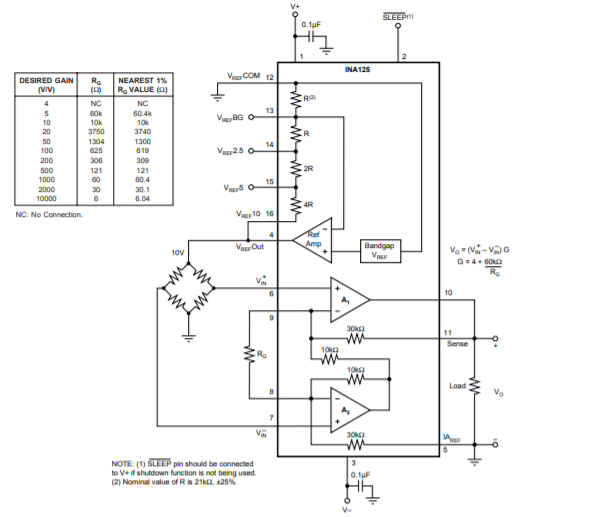Other Parts Discussed in Thread: INA125, INA128, INA126
I checked the manual, the input voltage of pga308 is between 0.2V-3.6V. The sensor I use now outputs two signals, both of which are about 5V. I want to connect the output signal to the input of PGA308. What should I do?




